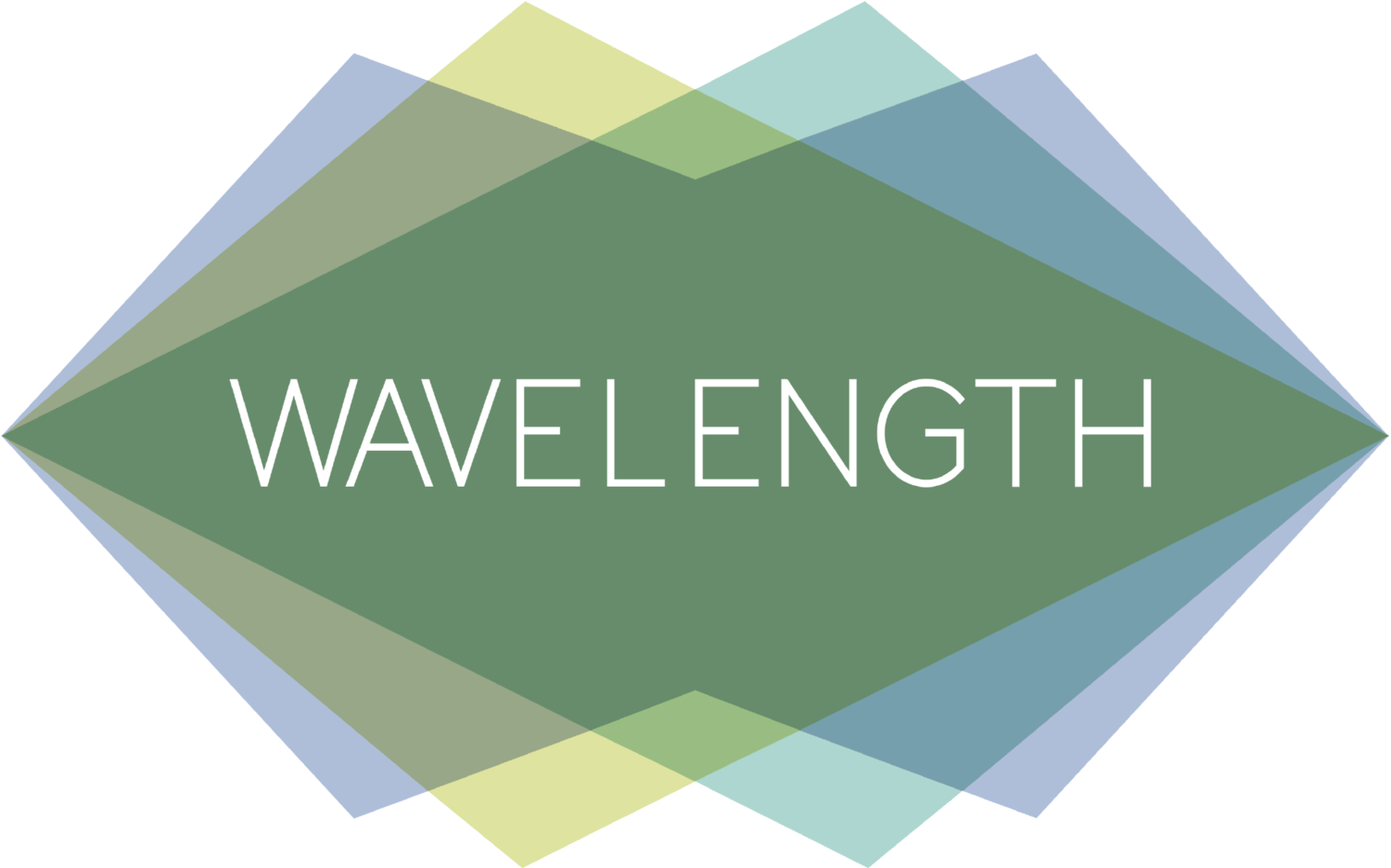When replacing one light source with another, you need a medium of exchange, and lumens exist to serve as that medium. However, LEDs may be the end for the old faithful lumen. In practice we’ve found it to be a significantly inaccurate indicator of brightness where LEDs are concerned.
Quantifying quality: on measuring good light after the CRI
Buyer beware: the rise and rise of integrated LED products
Integrated LED products are relatively new to the marketplace, appear to be the future, and may or may not be a good idea. We’ll evaluate three major lighting applications that are seeing an influx of integrated options—track lighting, downlights, and troffers—for what they cost, what the products mean for users, and where we recommend using LED lamps versus integrated LED fixtures.
The LED "dark shadow" problem: a solution for retail and gallery environments
A challenge we often face when replacing halogen lights with LEDs is that “soft shadows” become “dark shadows”. Increased contrast between the lit and unlit sides of a rack, garment, or piece of furniture are a potentially nasty by-product of a directional LED retrofit. Here’s where the issue comes from and how we address it.






